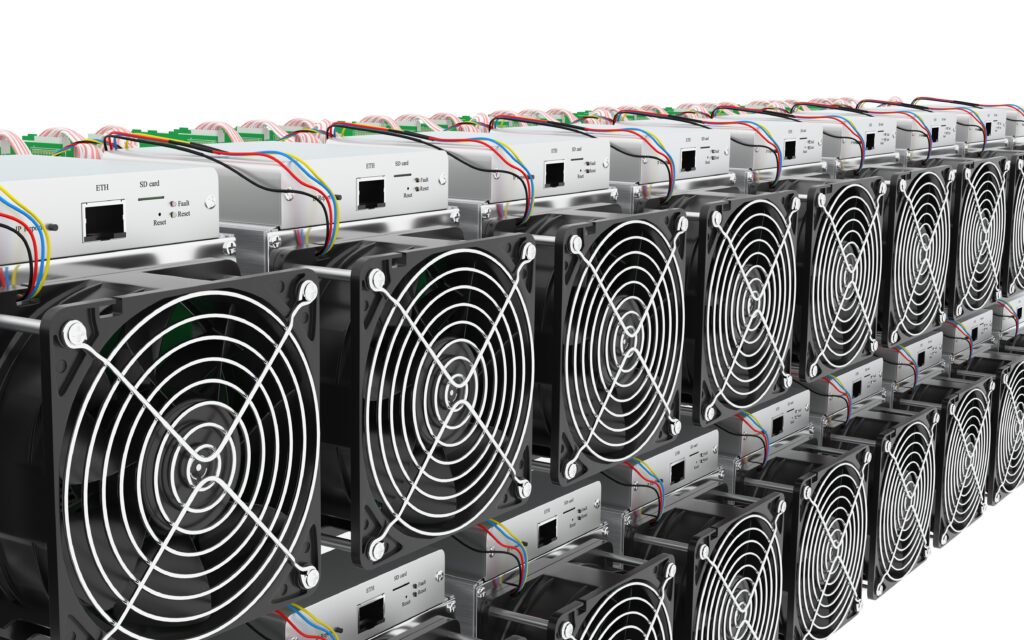Thermal management plays a central role in circuit and electronic assembly design, ensuring improved reliability and increased performance of devices, but what if you could push the boundaries even further and extend the long-term stability. To explore how this can be achieved, I’m going to touch on some of the latest advances in thermal management technology in this month’s blog.
Also, in keeping with our five tip format, I will take a closer look at options for automated application of thermal interface materials and discuss the feasibility of using a high thermal conductivity encapsulation resin instead of a TIM. There are a number of environmentally friendly thermal management materials available these days, so I will also look at ways to improve your green credentials, as well as demystify the importance of bulk thermal conductivity. So, without further ado, let’s get started with the new advances in thermal management:
1) What about the latest advances in thermal management technology and how do these products differ from some of the more traditional pastes and greases?
Thermal pastes and greases have been leading the way in thermal management for many years and are expected to do so for many more years to come. Pastes are easy to apply and rework, whilst providing a cost effective alternative to thermally conductive encapsulants. However, make way for the new kids on the block… Phase Change Materials, commonly referred to as PCMs. Once heated above their phase change temperature, PCMs become highly thixotropic liquids that perform as well as, and sometimes even better than, a traditional thermal grease. Moreover, their low phase change temperature ensures low thermal resistance over a wide temperature range and safeguards minimal bond line thickness with improved stability. With phase change technology, a key benefit is the greatly reduced effects of pump out – making phase change materials an excellent choice for applications that undergo widely varying temperatures.
The application methods of PCMs for high volume production mean that most can be utilised in existing production processes with minimal, if any, changes, whilst also allowing for easy rework, offering many of the same benefits of traditional thermal pastes. Phase Change Materials offer greater long-term stability compared with thermal greases as they are better suited to thermally challenging applications where product life expectancy and reliability may be critical; such as automotive/aerospace electronics or remotely located wind power inverters, for example. Traditional thermal pastes/greases will continue to be a popular choice, although for some applications, especially those requiring greater long-term stability, a phase change material is likely to win over the crowd.
2) What are the options for automated application of thermal management products?
Automated applications involve the use of specialist equipment that typically consist of an applicator head where the material is fed to the applicator via dispensing equipment. Due to the high viscosities of the thermal management materials, the dispensing equipment is usually a follower-plate system which connects to the thermal paste container, as supplied. In addition, automated stencil and screen applicators are also widely used. Electrolube works with a number of local and international equipment manufacturers, please contact us for further information.
3) When would I feasibly require an encapsulation resin with high thermal conductivity?
Electronic components and devices will produce varying levels of heat during their operation. Where significant amounts of heat are generated, intervention in the form of thermal management may be required in order to prolong working life and increase reliability. For certain types of applications, it may be beneficial to encapsulate the whole device in a heatsink enclosure using a thermally conductive encapsulation resin. This method offers both heat dissipation and protection from the surrounding environment, such as high humidity or corrosive conditions. Once again it is important to ensure that no air inclusions occur during the potting operation as these will interfere with heat transfer to the metal case. Mineral fillers used in some resins systems have a higher thermal conductivity than the resin base, so filled resins are better than unfilled resins as far as thermal control is concerned. The higher the filler level the higher will be the thermal conductivity – higher filler levels will lead to higher viscosity however, and a greater possibility of air inclusions in the potting.
4) What options are available for more environmentally friendly thermal management products?
In recent years, we have seen demand increase for more environmentally friendly products across all of our product groups. However, within the thermal management range, we have developed a high performance thermal management paste, , that is entirely free from Zinc Oxide (ZnO). The Non-Silicone Heat Transfer Compound is recommended for applications where the use of zinc oxide is restricted, such as in the marine industry where ZnO is a pollutant, and where silicones are prohibited, such as offshore utilities for instance. HTCX_ZF is a highly stable, non-curing paste, which enables simple and efficient rework of components if needed and is recommended where efficient and reliable thermal coupling of electrical and electronic components is required, and between any surface where thermal conductivity and heat dissipation is important.
5) What is the importance of a bulk thermal conductivity value?
The initial selection of suitable Thermal Interface Materials for testing is often conducted on the basis of high bulk thermal conductivity, indicating the efficiency of heat transfer through the TIM itself. However, bulk thermal conductivity alone, could give a false impression of the expected performance. When tests are conducted under application conditions, low thermal resistance of the device indicates the true heat transfer efficiency of the TIM.
I hope this month’s column has gone some way to shedding light on current thermal management issues. Electrolube has a vast portfolio of thermal management products and to be entirely honest, it can a complex process deciding on the right choice of material and/or application technique. Companies like Electrolube have years of experience resolving customer thermal management issues and, as always, I strongly recommend you get some expert advice before you settle on any particular material or method. I hope readers have found this article useful. Look out for my next column, which will feature soon.











